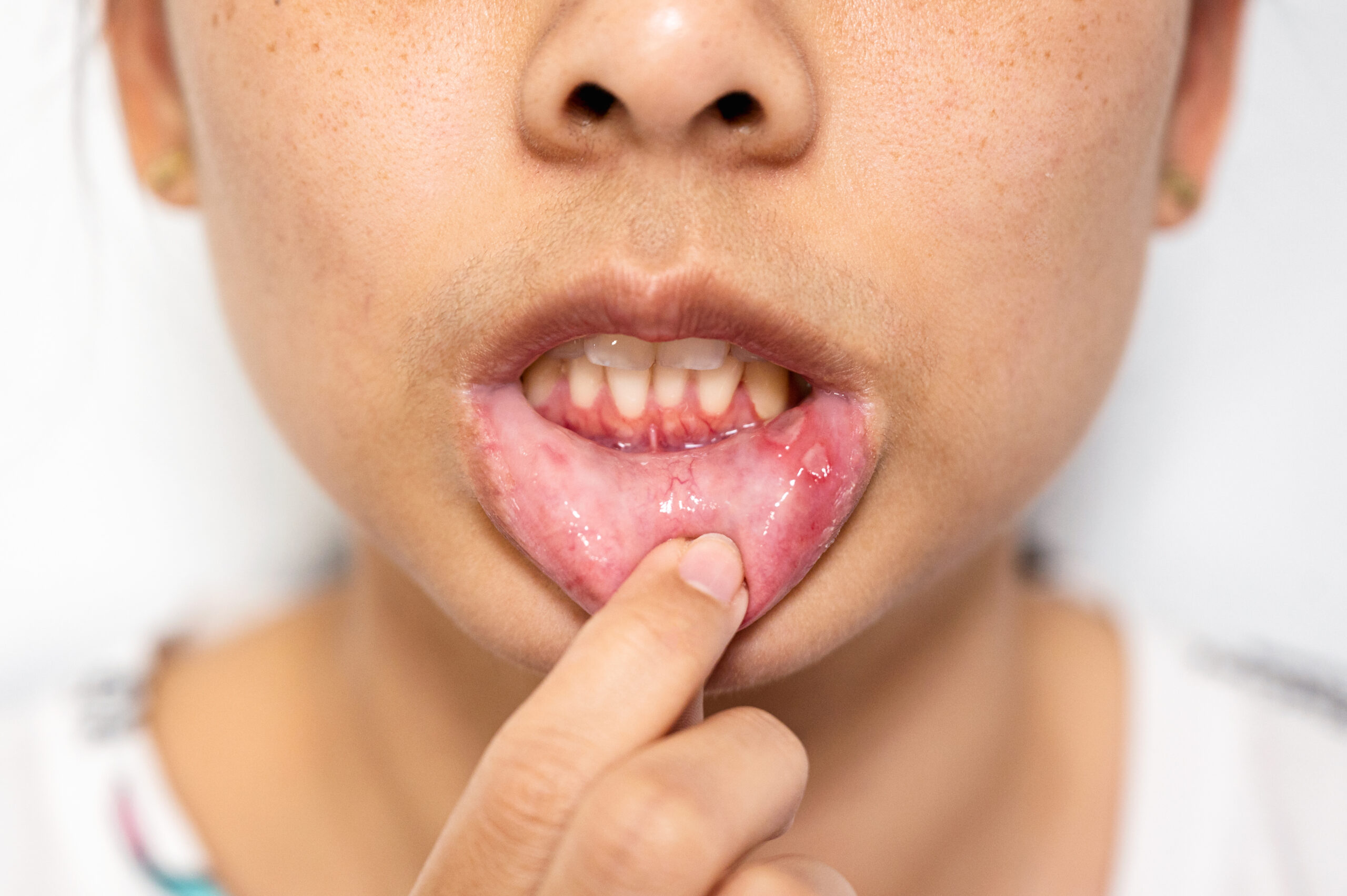
While brushing your teeth is a vital component of dental hygiene, you may be overlooking a vital step if you continue to experience halitosis, or bad breath, that is flossing! Because many people brush twice a day but forget to floss and for that, bacteria keep growing in unseen places.
Gum disease, persistent bad breath, and other oral health problems can come from this oversight. Flossing is equally as crucial as brushing if you want genuinely fresh breath. Let’s have a look at why brushing is insufficient on its own and how flossing is essential to the treatment of halitosis.
Why Bad Breath Cannot Be Stopped By Brushing Alone?
The front, back, and chewing surfaces of your teeth are all very well cleaned by your toothbrush, but the small gaps between them are beyond its reach. Food particles and bacteria get stuck in these places, causing decay, plaque accumulation, and bad breath.
What Happens When You Don’t Floss?
- Food often gets trapped between teeth, where it rots and releases an unpleasant stench.
- Plaque accumulation promotes bacterial growth, which releases sulfur components that result in smelly breath.
- Another cause of halitosis is gingivitis, an early-stage gum disease caused by plaque growth.
- Tartar, or hardened plaque, contains bacteria that are unable to get rid of with brushing alone.
Flossing is the missing step if you’ve ever wondered why your breath still smells terrible after brushing. Even mouthwash won’t get rid of bad breath If you don’t floss—it just covers it up for a while.
How To Combat Bad Breath with Flossing?
Although, flossing can stop halitosis by addressing the underlying causes of it; prompt halitosis treatment can eliminate the issue. Adding flossing to your oral regime:
1. Eliminates The Food Stuck In Your Mouth
Food particles, even small ones, can begin to break down between teeth and release an unpleasant odor. Flossing removes food particles that are buried and out of reach of your toothbrush.
2. Eliminates Bacteria and Plaque
Flossing removes plaque and bacteria hiding between teeth, preventing bad breath and decay.
3. Prevents Gum Disease
By clearing bacteria from gum pockets, flossing reduces inflammation, bleeding, and the risk of gum disease.
4. Reduces Tartar Formation
Flossing prevents plaque from hardening into tartar, which harbors odor-causing bacteria and requires professional removal.
Best Flossing Techniques for Fresh Breath
The American Dental Association (ADA) estimates that poor flossing is responsible for over 35% of cases of bad breath. This is due to the fact that the main cause of chronic halitosis, volatile sulfur compounds (VSCs), are released by bacteria that are trapped between teeth.
- Use Enough Floss – Cut about 18 inches of floss for effective cleaning.
- Be Gentle – Glide the floss between your teeth in a C-shape instead of snapping it.
- Reach the Gumline – Move the floss up and down along each tooth’s surface.
- Floss Daily – Make flossing a habit at least once per day (preferably before bedtime).
If brushing alone hasn’t eliminated your bad breath, flossing might be the missing step! Flossing removes bacteria, plaque, and trapped food—all major contributors to halitosis. By making flossing a daily habit, you’ll not only enjoy fresher breath but also stronger gums, healthier teeth, and a brighter smile. So, don’t just brush—floss your way to fresh breath and better oral health!




